Shellac for the finish of an oak floor???
Situation: I had an oak strip floor installed by a “Flooring Company” and they finished it with shellac.
I have heard of floors being finished with wax, polyurethane, and tongue oil, but not shellac.
Can any floor installers here that can give me insight on this subject.
In addition, can polyurethane go on over the shellac???
Thanks for your input.
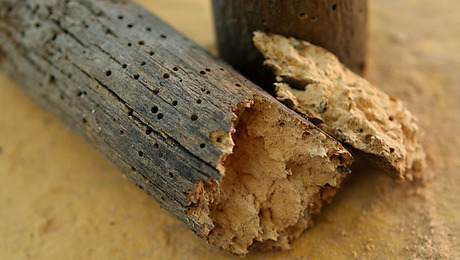
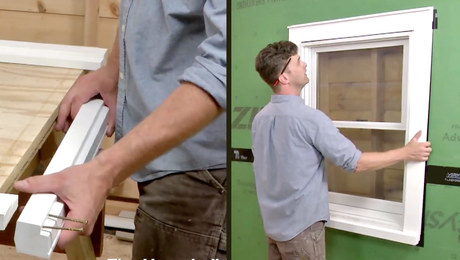


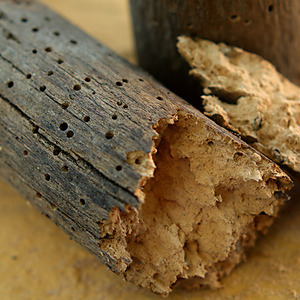




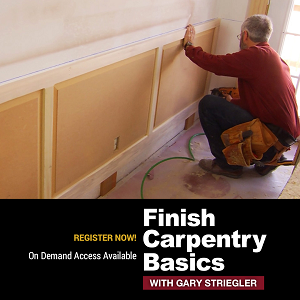




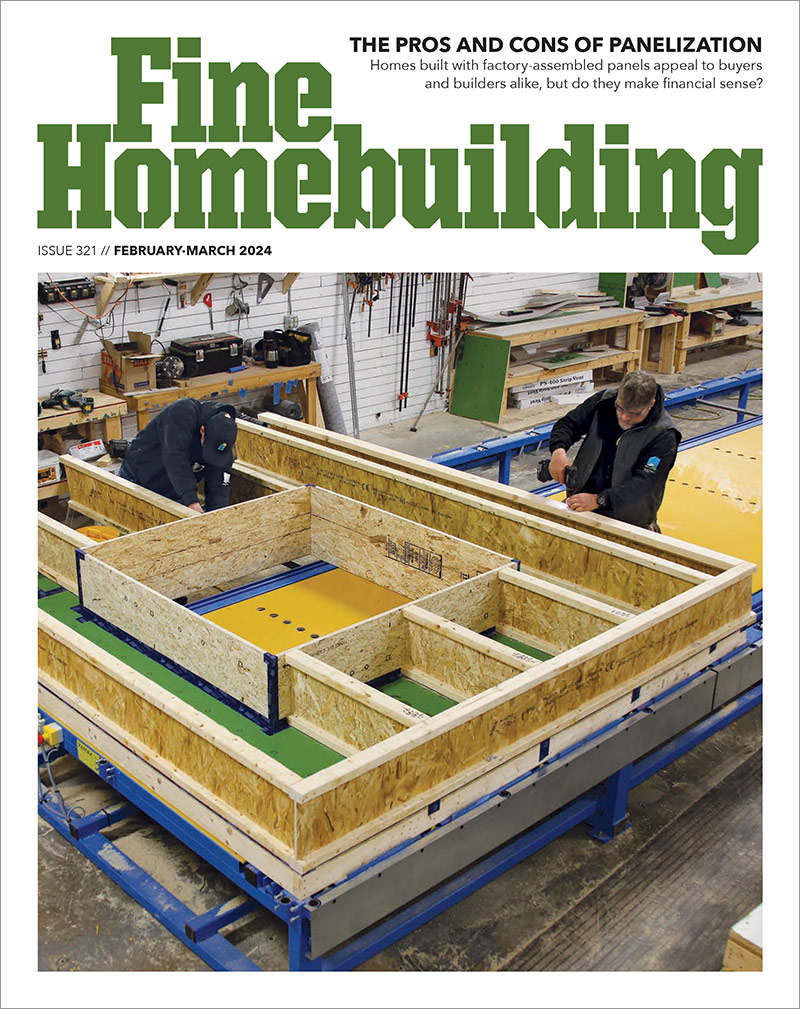



Replies
Shellac on floors...
Shellac is what they used to use before stain and verathane were readily available. Typically you applied wax over top...gorgeous look but way more maintenance.
To change to a modern finish I would expect you need to sand to bare wood and then stain and verathane.
L
As someone here used to point out, you can fix a ding in shellac with rubbing alcohol and a rag. Does the floor look good now?
Jake,
Shellac is a nice hard finish but will water spot if you leave water sitting on it. If you want to topcoat with poly you should put a wash coat of SealCote dewaxed shellac. I often put a first coat of shellac on longleaf pine or floors that will be stained.
KK
Shellac has the ability to make wood look absolutely lovely. It will bring out all the character and color. Poly is just the opposite. Ghastly stuff really. If you don't want shellac, consult with some floor finishers for other treatments. Usually, finishing a floor isn't a DIY project.
My floor guy will be using Waterlox on my new white oak floor.
Shellac is traditional
Shellac was the traditional coating before the more modern ones were developed.
It is one of the few I would recommend for an amature to attempt, because any mistakes can be readily fixed.
Shellac, is a secretion of the lac beetle. It is cleaned and processed into flakes, by disolving it in alchohol, and then evaporating it into sheats, that are then broken into flakes.
To use it you redisolve it in denatured alcohol. There are various "cuts" based on the amount of shellac disolved in a gallon of alcohol. the heavier the cut, the thicker the coating will be.
The leading commercial brand, Zinser Bullseye is a 3-lb cut, meaning 3-lbs of shellac flake are dissolved into one gallon of denatured alcohol.
Shellac is very easy to apply, typically you use a 1-lb cut to seal the surface, and lock in any nibs. Then do a quick sanding to knock everything down.
Then proceed with a 3-lb or 5-lb cut to build thickness. You need to wait a bit between coats, but not nearly as long as most other finishes. you can do a quick scuff sanding between coats if you want, but it is not necessary. Each new application will disolve the surface of the coat below it, givng chemical adhesion in one sheet, so mechanical tooth isn't necessary.
The down side is you need to ventilate the space, and be sure to avoid any thing that can ignite the vapors.
If you really want to seal over the top of it, apply a coat of dewaxed shellac first. Sanding sealrs are dewaxed shellac, which is compatible with all other finishes.
Where's Frenchy when ya need him ???
shellac finish
Shellac is great for a sealer, and you can put some dye in it to make your stain. However it is suceptible to amonia which will eat it and it is very soft. Poly can be applied over it as can a varnish or even a wax, It must be lightly sanded after the application as it will raise the grain slightly. We have done this using random orbital sanders and 220 grit. It is the first component of a beautiful floor.
good luck
john